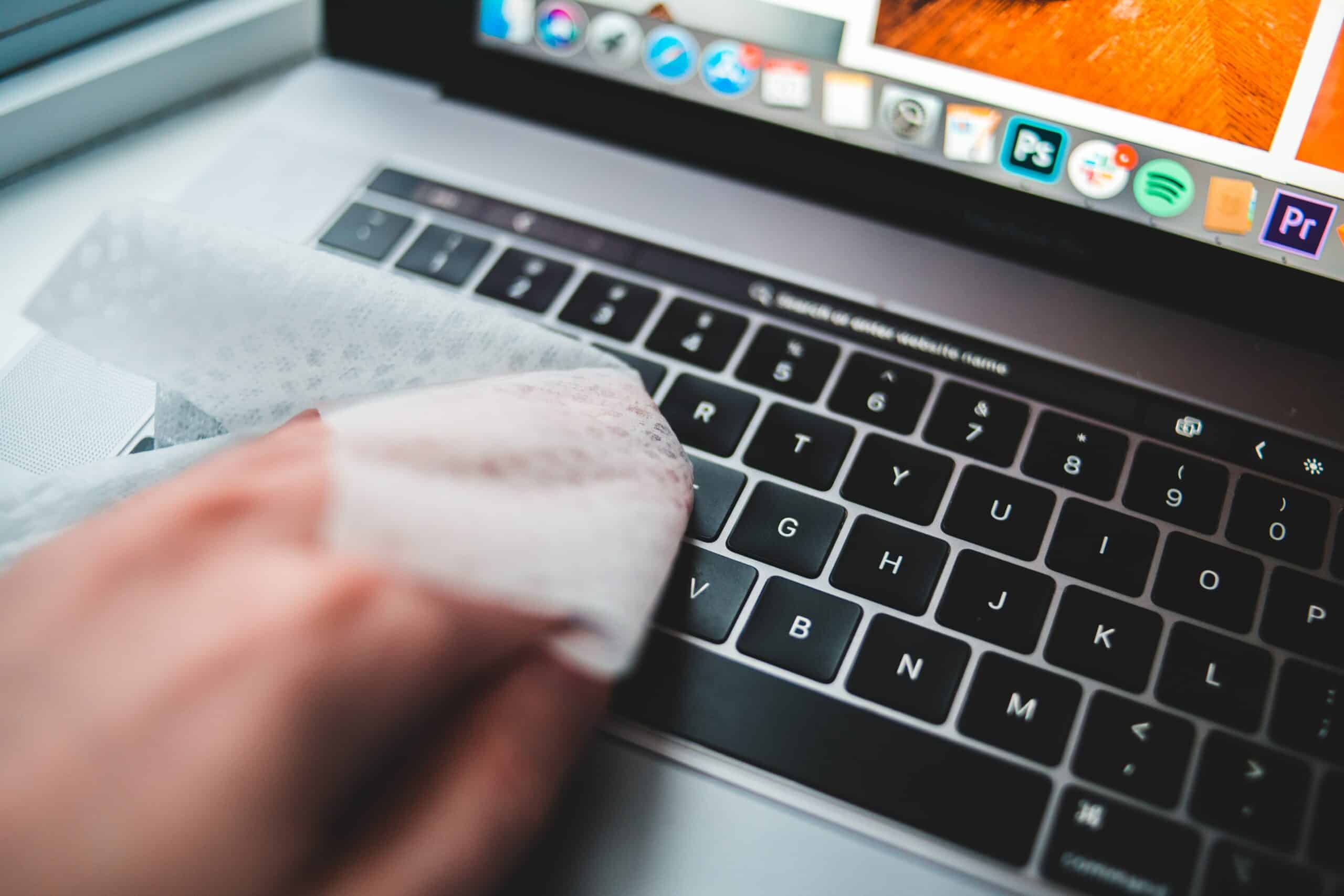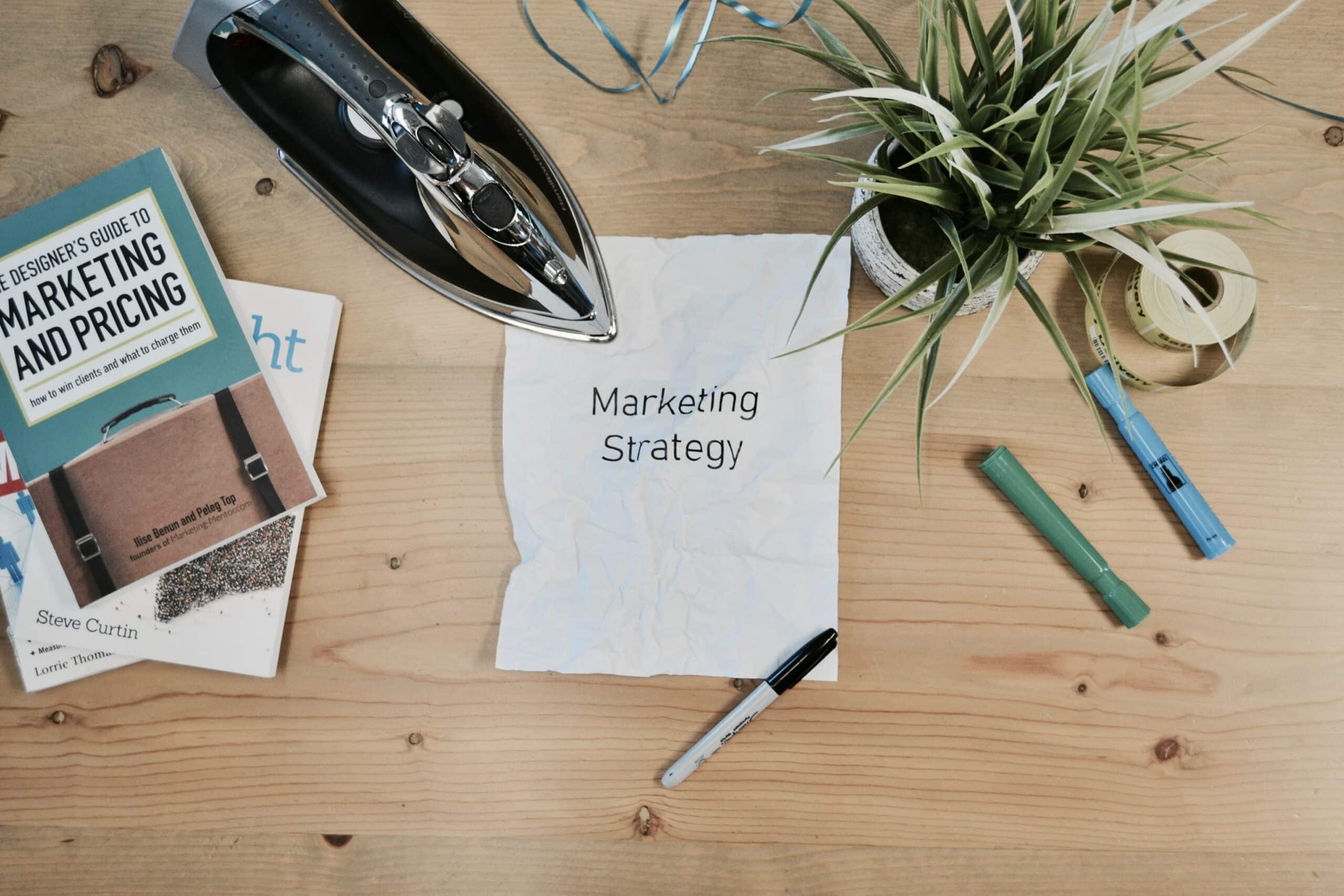Countries around the world, as well as the majority of states in the U.S., have started to significantly lift COVID-19 restrictions and refocus on the economy. Even New York City, America’s coronavirus epicenter, has begun to reopen.
Despite the reopenings, the effects of the previous closures are deeply felt–more than 100,000 small businesses in America have already permanently closed their doors in response to the pandemic. However, there is hope.
Research has shown that brands that invest during crises, including recessions, gain market share. Although there are still many uncertainties, now is the time to focus on your marketing strategies in order to move forward post-COVID-19.
Worldwide restrictions are being lifted
Currently, entire countries are on the brink of reopening–many are making big moves, including New Zealand. The number of cases and restrictions vary from country-to-country, and even city-to-city, but one thing remains the same–there are many unknown implications associated with these reopenings. Health experts remain concerned that major risks lie ahead and tout the possibility of a second wave.

Despite the uncertainty of the future, it’s important for businesses to assess and plan for the months ahead. What will the world look like post-coronavirus, and how will this pandemic impact marketing, consumer behavior, advertising, and work itself? Will some of the trends we’re currently seeing remain, long after the last case of COVID-19 is reported?
The world of business has changed
While there are many unknowns, one thing is certain–every industry has been impacted to some degree. It’s true that some companies and industries have been lucky, and some have even profited–however, the majority of businesses have taken a hit, forcing millions of companies to rethink their approach.
For brands around the globe, and specifically their marketers, there are three key areas of change that will be of interest during this time. These include:
- Economic changes
- Political changes
- Changes in consumer behavior
While all are interconnected, brands are particularly interested in changes in consumer behavior. For example, while spending is down overall, there has been a significant influx in online shopping. The market is changing, with some of the greatest increases seen across food and beverage, gifts and specialty, apparel and accessories, toys and games, and home and garden. There has also been significant growth in TV and digital media consumption.
What will the future hold?
At this moment in time, there is no straightforward answer–it remains a mystery. The future and sustainment of these changes will depend on multiple factors, such as the scale and length of lockdown measures, consumer attitudes towards reopenings and more.
So, how do you prepare for the times ahead? Many are going back to work, but will things truly go back to “normal”?
Once again, the answer to this question is not a simple one–but preparation is needed regardless. Even without a concrete answer, there are a number of steps you can take that will make the transition to the new way of marketing, working, and living easier.

As your business returns to the physical workplace, or even if it doesn’t, it is important that you:
- Maintain a high level of leadership. As stated in a recent McKinsey & Company article, there are four qualities that set the stage for business recovery and are therefore critical for business leaders in times of crisis. These are: vulnerability, awareness, compassion, and empathy.
- Set an example. While it’s important that business continues, a return-to-work plan is imperative to keep all employees, clients, and partners safe. To set the right example, follow recommendations as outlined by international, national, and local organizations and policymakers. The World Health Organization has provided a great resource: an in-depth guide on how to get your workplace ready for COVID-19.
- Create a marketing strategy for speaking to your existing, potential, and new clients. Regardless of your immediate or future plans, keeping clients in-the-loop is essential. To do so, use your website, optimize social and email marketing, and create any other supportive resources. Be cognizant of your messaging, focusing on empathy and engagement throughout.
- Look to others for inspiration. We’re all in this together. Look to other marketers who are preparing for the post-COVID-19 world and draw inspiration from their efforts and tactics. There are many resources from which to draw ideas from both current and past brands on advertising during a recession and more.
Takeaway
In these unprecedented times, Charles Darwin’s sage words are as applicable to business as ever:
“It’s not the strongest of the species that survive–nor the most intelligent. It is the one that is most adaptable to change.”
Success in a post-COVID world will require business agility–the ability to adapt in a constantly changing environment. If you remain flexible, communicative and embrace the change, you will be empowered to be your best in the midst of uncertain times.
In need of even more marketing advice? We’ve got you covered. Read about sales psychology, pitch decks, infographic design, and more here!

